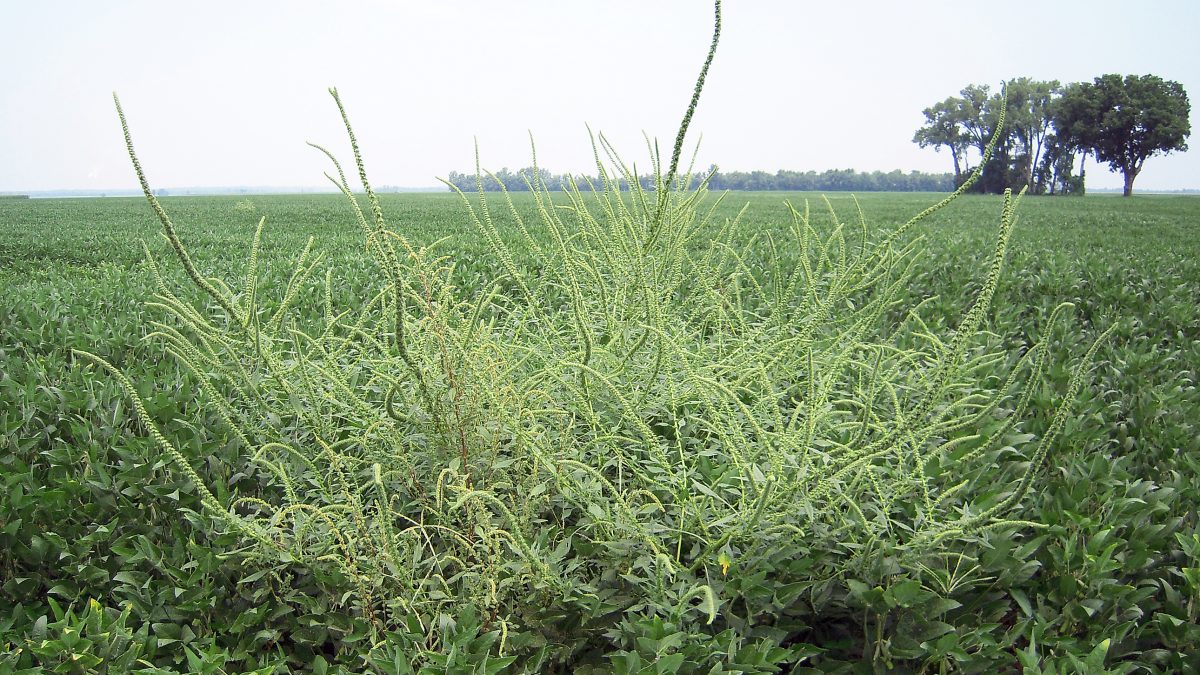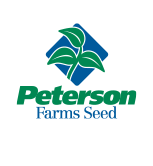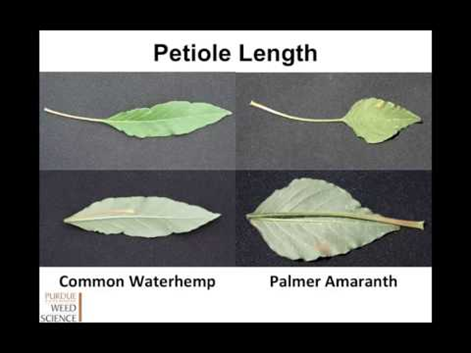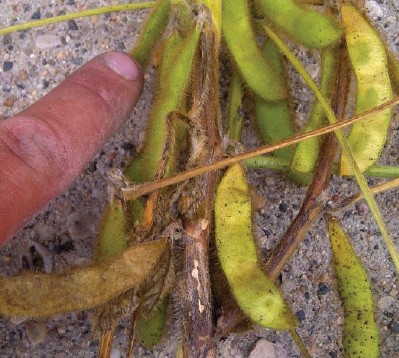What Do We Do About Palmer?

The hot buzzword at this winter’s meetings and shows was, without a doubt, Palmer Amaranth. And with good reason. This is a new weed to our region and has the potential to be very harmful if not controlled correctly.
Palmer was first found in Minnesota in 2016, South Dakota in 2017, and most recently in North Dakota in 2018. Many of the areas where it was found was due to contamination from some source. Feed, cover crop or CRP mixes and some harvest equipment have all been linked to the spread of Palmer Amaranth.
Prevention is the first step in minimizing the spread of this noxious weed. To prevent Palmer Amaranth from showing up in your fields, be diligent. Buy your seed from trusted sources and clean any new equipment carefully before allowing it onto your operation.
Managing Palmer Amaranth
If you do see Palmer Amaranth on your farm, you should manage it much like you do Waterhemp, as both are pigweed species. Because of this, identifying which weed you’re dealing with is the first step. The easiest way to distinguish Palmer Amaranth from Waterhemp is to look at petiole length (see image below). Palmer Amaranth has a much longer petiole than Waterhemp and a more diamond shaped leaf vs. the longer lanceolate leaf of Waterhemp.
Palmer Amaranth Herbicide Resistance
Palmer Amaranth has become resistant to many herbicides including Glyphosate, PPO Inhibitors, ALS herbicides, Atrazine, and HPPDs. It’s hard to know the source of the Palmer entering our region and what it could be resistant to. However, I would imagine it has Glyphosate resistance like much of our Waterhemp issues so I suggest taking these steps to manage it:
- Start clean with a PRE and incorporate herbicides into your POST program that have no known resistance issues, like Glufosinate.
- Like Waterhemp management, add a Group 15 soil residual herbicide POST to extend our season control and prevent any late emerging weed.
Palmer can be quite prolific and enter reproduction quickly leading to an increased seed bank for next season. This weed, like many, needs to be controlled early while the weeds are no more than 3” tall. This will allow for a better kill across your acres.
We have done a good job in the past couple years managing resistant Waterhemp—managing Palmer will not be too much different but this weed can be more competitive and spread faster so enhancing our actions will be very important.
If you suspect or find Palmer Amaranth this summer, make sure to let your local county or state weed office know. Knowing the spread of this weed will help us control it better in the future.
As always, if you have questions about what you’re seeing in your field, give us a call at (866) 4681-7333 or drop an email to agronomy@PetersonFarmsSeed.com.












